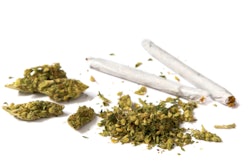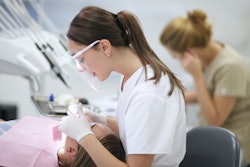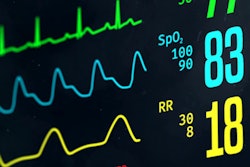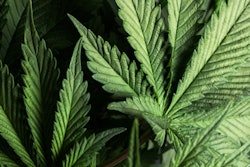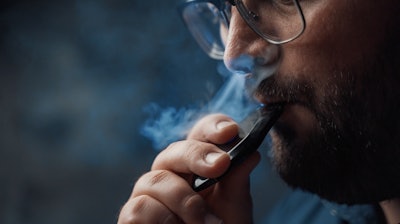
About 30% of preclinical and clinical dental students agreed that smoking marijuana is damaging to a person’s health, according to a study published on May 9 in the Journal of Dental Education. About 65% of internationally trained students agreed that it is harmful.
Furthermore, approximately 20% of preclinical students and less than 10% of clinical students would not treat patients under the influence of marijuana when local anesthesia was needed. Most dental students agreed they need more education about marijuana use, the authors wrote.
“As states legalize medical and recreational marijuana use, dental schools need to evaluate marijuana education in their curriculum and develop resources so students can feel comfortable and confident in their ability to identify and safely treat patients who use marijuana,” wrote the authors, led by Dr. Simran Grove of the Boston University Henry M. Goldman School of Dental Medicine in Boston.
In the U.S., marijuana use increased between 2019 and 2022. Among those age 12 and older, marijuana use rose from 11% to 17%. It’s estimated that about 32 million people in the U.S. in the same age range report current marijuana use. In 2020, approximately 35% of those between the ages of 18 and 25 reported using marijuana in the past year along with about 16% of those age 26 and older and 10% of those between the ages of 12 and 17.
In November, the ADA released study results showing that about half of dentists in the U.S. have patients who arrive at dental appointments high on marijuana or other drugs. Use has increased as more U.S. states have legalized medical and recreational use. Since cannabis use may affect a patient’s anesthesia needs, organized dentistry recommends that clinicians speak to patients about marijuana use at dental visits.
To determine dental students’ knowledge, attitudes, and perceptions toward patients’ marijuana use, 206 predoctoral dental students from the Doctor of Dental Medicine (DMD) and internationally trained advanced standing programs at the Boston University Henry M. Goldman School of Dental Medicine responded to surveys. Of the participants, 54 were preclinical DMD students, 87 were clinical DMD students, and 65 were internationally trained advanced standing students.
Between the DMD students and the internationally trained students, their agreement varied considerably as to whether smoking marijuana is detrimental to a patient’s health. Of the DMD students, approximately 30% of the preclinical students and about 32% of the clinical students agreed that smoking marijuana was harmful compared to about 65% of all students trained abroad.
Also, there was a major difference in opinion regarding the health effects of edibles. About 26% of preclinical and approximately 18% of clinical DMD students agreed that edibles were detrimental compared to about 59% of international students, the authors wrote.
Approximately 17% of the preclinical students said they would not treat patients who were under the influence of marijuana if local anesthesia needed to be administered, and about 9% reported that they would not treat patients under the influence for routine procedures, they wrote. Finally, 92% of preclinical and about 90% of clinical students agreed they would benefit from more marijuana education, the authors wrote.
The study had multiple limitations, including that it only included predoctoral dental students from one dental school. Therefore, future research and initiatives are needed to identify the best ways to improve dental students’ confidence in managing patients who use marijuana, as well as to establish evidence-based guidelines and U.S. recommendations, they wrote.
“These supportive resources will facilitate educational courses and seminars in dental school curriculums across the United States to prepare future generations of dental professionals in the implementation of screening protocols for the clinical management of such patients,” Grover and colleagues concluded.





